After the Metaverse "Fever" Fades, Will AI Glasses with Screens Be Meta's "Remedy"?
![]() 09/23 2025
09/23 2025
![]() 655
655
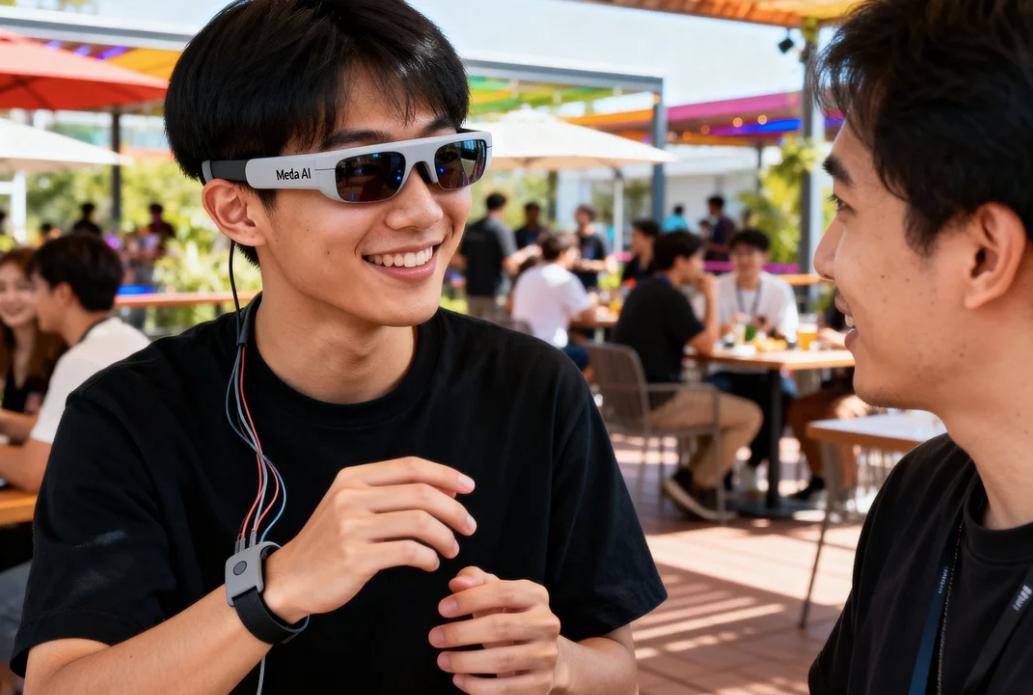
Written by / Daoge
Meta, having sold one million pairs of AI glasses over the past two years, has once again unveiled three new products in one go.
At the recently concluded Meta Connect 2025 event in California, USA, Meta CEO Mark Zuckerberg jogged onto the stage wearing AI glasses and introduced three new AI glasses models: Ray-Ban Meta Gen 2, Oakley Meta Vanguard, and Meta Ray-Ban Display.
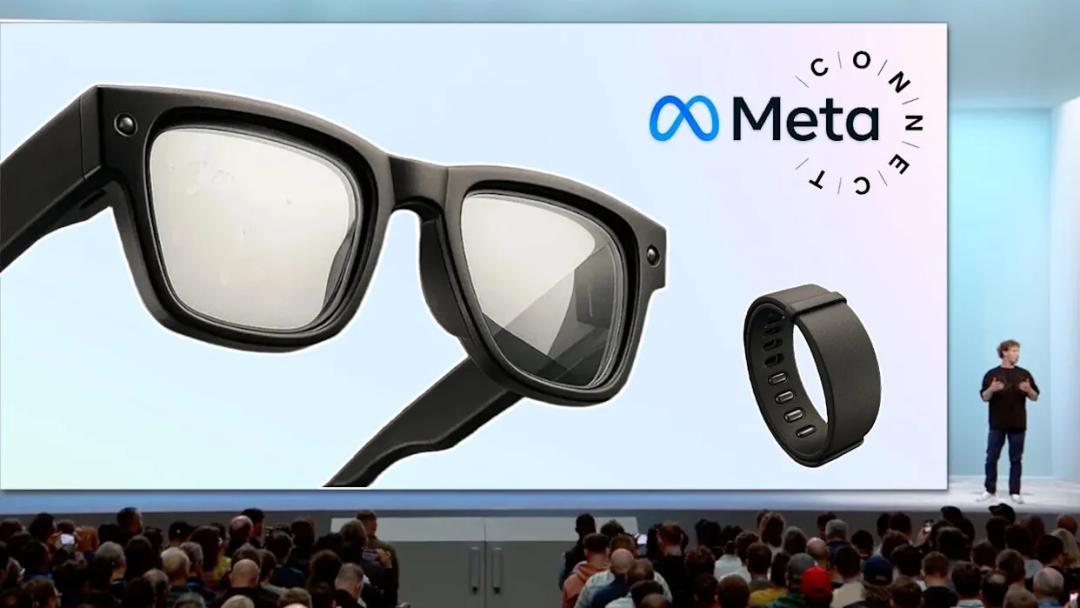
These three products constitute the latest "full suite" of Meta's AI glasses lineup. Ray-Ban Meta Gen 2 represents a comprehensive upgrade of existing models, Oakley Meta Vanguard is tailored more for the vertical sports market, and Ray-Ban Meta Gen 2 (also the biggest highlight of this event) targets the market for AR displays with screens.
According to an analysis by "Zhibaidao", this smart glasses product, priced at $799, is positioned by Zuckerberg as an ideal vehicle for accessing "personal superintelligence", aiming to seamlessly integrate artificial intelligence into consumers' daily visual and auditory experiences. However, the persistent issues with AI glasses remain. Can these highly anticipated devices truly be considered a significant leap forward in the realm of wearable smart devices?
01 New Interaction Paradigm: Deconstructing Meta Ray-Ban Display
As the flagship product of this event, the significant breakthrough of Meta Ray-Ban Display lies in its built-in "monocular head-up display" (HUD) on the right lens. This screen features a resolution of 600×600 pixels and a 20-degree field of view, with a peak brightness of up to 5,000 nits, ensuring clear visibility even in strong outdoor light.
More importantly, this screen does not represent true augmented reality; it cannot overlay digital objects like holograms or interact with the physical world. Instead, it functions more like a private information panel floating in your field of view. The design philosophy emphasizes "concealability"—when not in use, the screen completely disappears and is almost undetectable from the outside. This is a key design choice made by Meta to enhance its social acceptability.
In terms of the imaging system, the glasses are equipped with a 12-megapixel camera capable of capturing photos up to 3024×4032 pixels and 1440p videos, representing a significant improvement over previous models. Meta also previewed a feature called "Conversation Focus" aimed at enhancing the speaker's voice in noisy environments through AI algorithms.
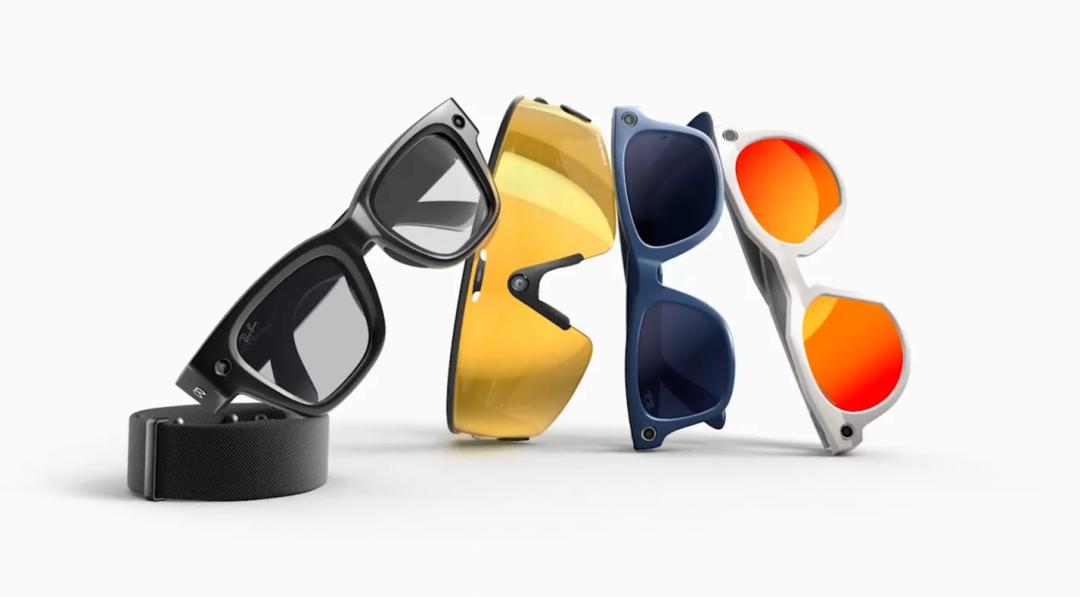
To cater to a broader user base, Meta has adopted a multi-tiered pricing strategy. The flagship Display model is priced at $799, the sports-oriented Oakley Meta Vanguard at $499, and the Ray-Ban Meta Gen 2, which offers twice the battery life of its predecessor, at $379.
If the built-in display is the "face" of Meta Ray-Ban Display, then the accompanying Meta Neural Band (neural wristband) is its true "essence".
Meta officially refers to it as a "true scientific breakthrough", with its core technology being surface electromyography (sEMG). This technology reads the faint electrical signals generated by muscle contractions in the user's forearm, recognizes them, and converts them into digital commands to control the glasses.
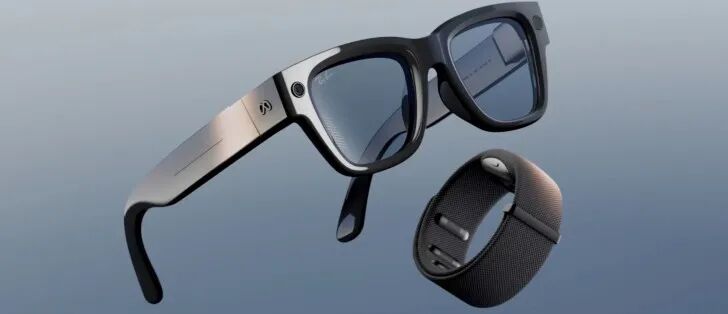
This means users can perform a series of operations such as selecting, scrolling, zooming, and adjusting volume through extremely subtle and imperceptible movements like pinching fingers, sliding thumbs, and rotating wrists. This interaction method stands in stark contrast to the voice commands or touch-temple operations relied upon by past smart glasses. The emergence of the neural wristband aims to address the "social awkwardness" issue that has long plagued wearable devices. Early adopters describe the experience as "almost magical" once they adapt to this operational logic.
According to "Zhibaidao", behind this design lies Meta's profound reflection on past failed cases. The failure of Google Glass was largely due to social rejection, as wearers appeared distracted or even invasive when interacting with the device. Meta's solution is more sophisticated; instead of trying to make the hardware itself less conspicuous, it focuses on making "the act of using the hardware" invisible. Its goal is to gain social acceptance by eliminating the visibility of interaction behaviors.
Beyond hardware, Meta has also launched a software development kit (SDK) called the "Wearable Device Access Toolkit" alongside the new glasses. This SDK allows third-party mobile app developers to access the glasses' camera, microphone, and speakers. Initially, applications will still run on paired smartphones and transmit data to the glasses via Bluetooth, a pragmatic compromise given the current limitations in computing power and battery life of the glasses' hardware. Meta has already conducted trials with some early partners, such as Disney exploring the use of glasses to provide personal AI guides for visitors in parks, and Microsoft utilizing them for its "Seeing AI" visual assistance app to help visually impaired individuals perceive the world.
In public reports, Meta also admits that it has not yet found a "killer app" capable of supporting this $799 device. The current functions are more of an extension of smartphone capabilities rather than revolutionary new experiences. However, by opening up the SDK, Meta is essentially outsourcing the high-risk, high-reward task of finding a "killer app" to tens of thousands of developers worldwide. This not only significantly reduces Meta's own research and development risks but also accelerates the exploration of application scenarios.
According to "Zhibaidao", this strategic shift also reflects Meta's keen perception of market trends. It is worth noting that Meta's massive investment in the "metaverse" has been accompanied by skepticism from Wall Street and confusion among consumers. Instead of inviting users to leap into a virtual world (VR), Meta is now proposing to enhance their existing real world with AI, which is undoubtedly an easier story for the masses to accept.
According to IDC data, in the second quarter of 2025, Meta held a dominant market share of 60.6% in the combined market of AR/VR headsets and smart glasses without displays. Xiaomi, ranked second, had a market share of only 7.7%. This dominance is not only reflected in market share but also in strong sales momentum. According to The Wall Street Journal, Meta's previous generation of display-less Ray-Ban glasses sold over one million units in 2024.
IDC predicts that the shipment volume of smart glasses will grow by 247.5% in 2025, with hardware shipments across the entire market reaching 43.1 million units by 2029, representing a compound annual growth rate of 31.8%. Another research firm, MarketsandMarkets, predicts that the market size will grow from approximately $1.2 billion in 2025 to over $4.1 billion by 2030. These data collectively paint a picture: Meta is standing at the forefront of an emerging market on the verge of explosion and already holds most of the tickets.
02 Wearable Cinema vs. AI Assistant
While Meta defines AI glasses as tools for interacting with the world, a completely different technological path is rapidly developing domestically.
Chinese brands represented by XREAL and Rokid are transforming smart glasses into "wearable private cinemas", with a product philosophy and market positioning that differ significantly from Meta's.
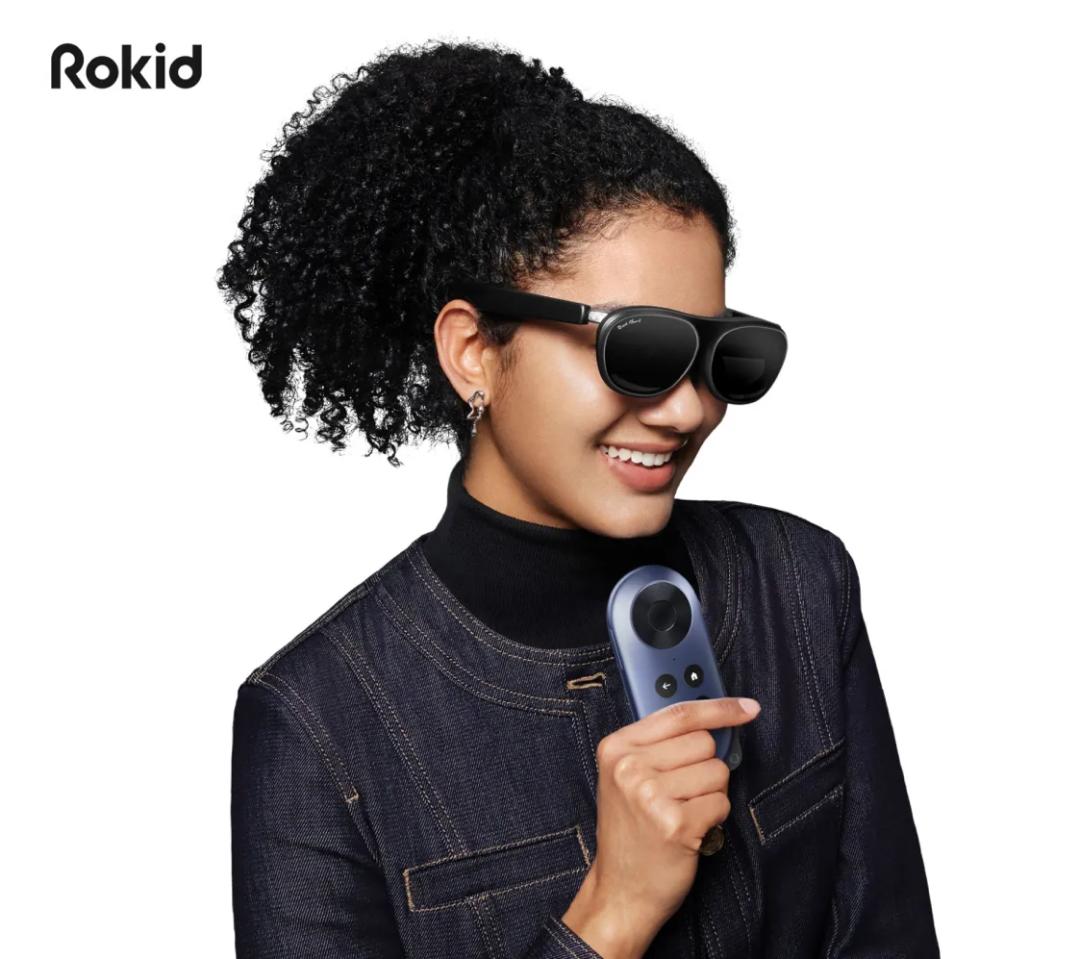
The core value proposition of mainstream Chinese AR glasses brands is not AI assistants but "screens". Their products are clearly positioned as "wearable displays", with the primary function of providing users with a portable, private, and oversized virtual screen for watching movies, playing games, or handling work. They serve as extensions and accessories to smartphones, computers, or game consoles rather than replacements.
To achieve this goal, these products spare no effort in terms of hardware. They generally adopt high-quality Micro-OLED displays provided by Sony, capable of achieving a binocular 1080p resolution and a refresh rate of up to 120Hz, projecting a virtual screen that can visually reach 130 inches or even 360 inches.
This difference in product philosophy directly leads to functional differentiation. Domestic brands have made many innovations in enhancing the "movie-watching" experience. For example, Rokid Max 2 incorporates a built-in diopter adjustment function ranging from 0 to -600 degrees, allowing nearsighted users to watch clearly without wearing additional corrective lenses. XREAL Air 2 Pro is equipped with electrochromic lenses, enabling users to adjust the brightness of the lenses with a single button press, thus achieving an immersive movie-watching experience in different lighting environments.
According to "Zhibaidao", this difference indicates that the smart glasses market is not a race toward a single finish line but is undergoing profound "market bifurcation". Meta's core strengths lie in software, social networks, and AI algorithms, with its hardware serving as a carrier for these services. In contrast, Chinese tech companies excel in hardware manufacturing and supply chain integration, being more adept at creating high-performance hardware peripherals that integrate into existing Android, Windows, or game console ecosystems.
Therefore, the two sides are not in direct zero-sum competition but are opening up two different market segments within their respective areas of strength—"interactive devices" and "consumer devices". A consumer could very well own both types of products, using XREAL to watch movies during long flights and wearing Meta to record life during daily walks. This also signifies that the AI glasses market is broad enough to accommodate multiple coexisting and distinct product forms.
*The featured image is generated by AI.







